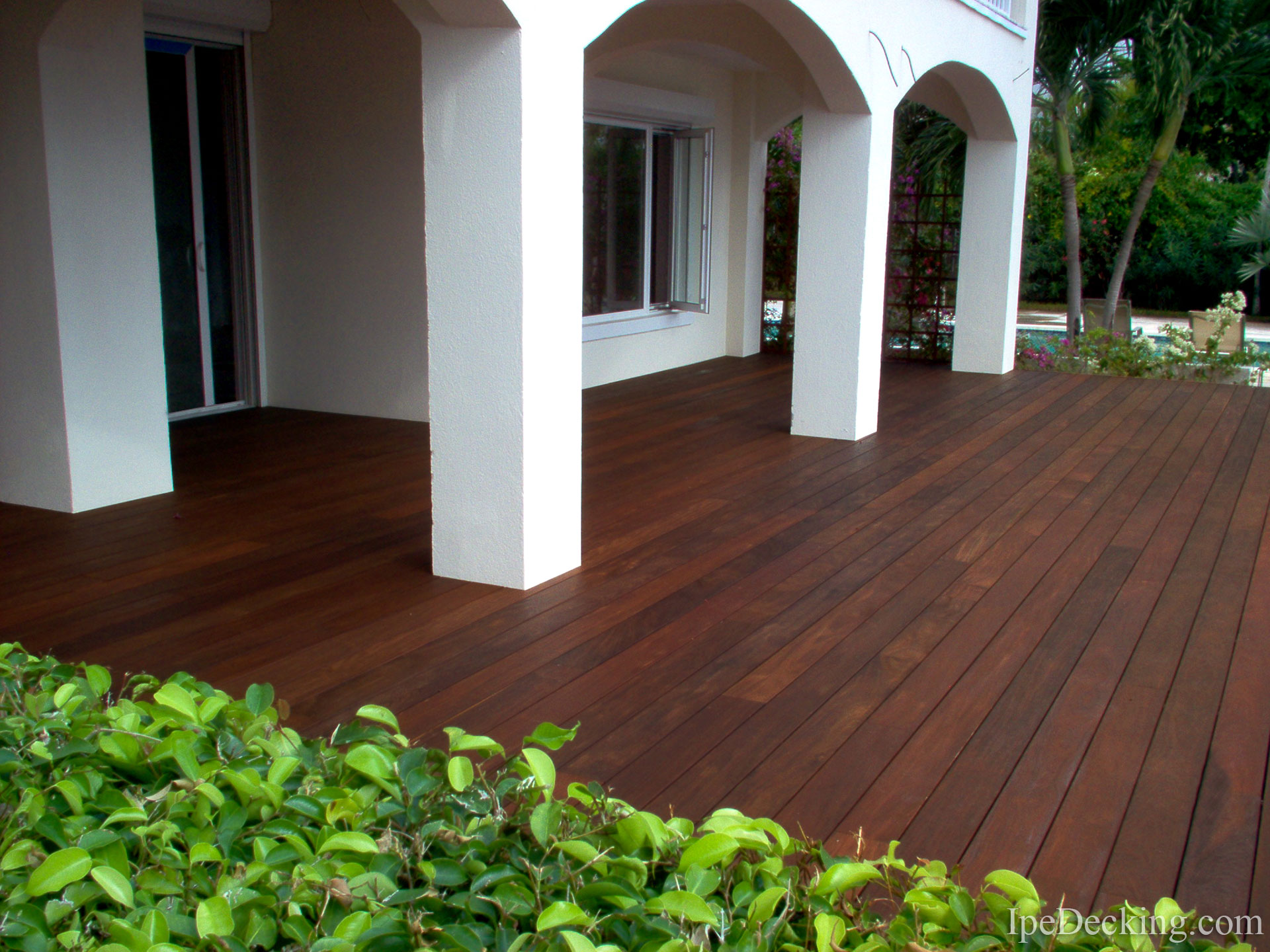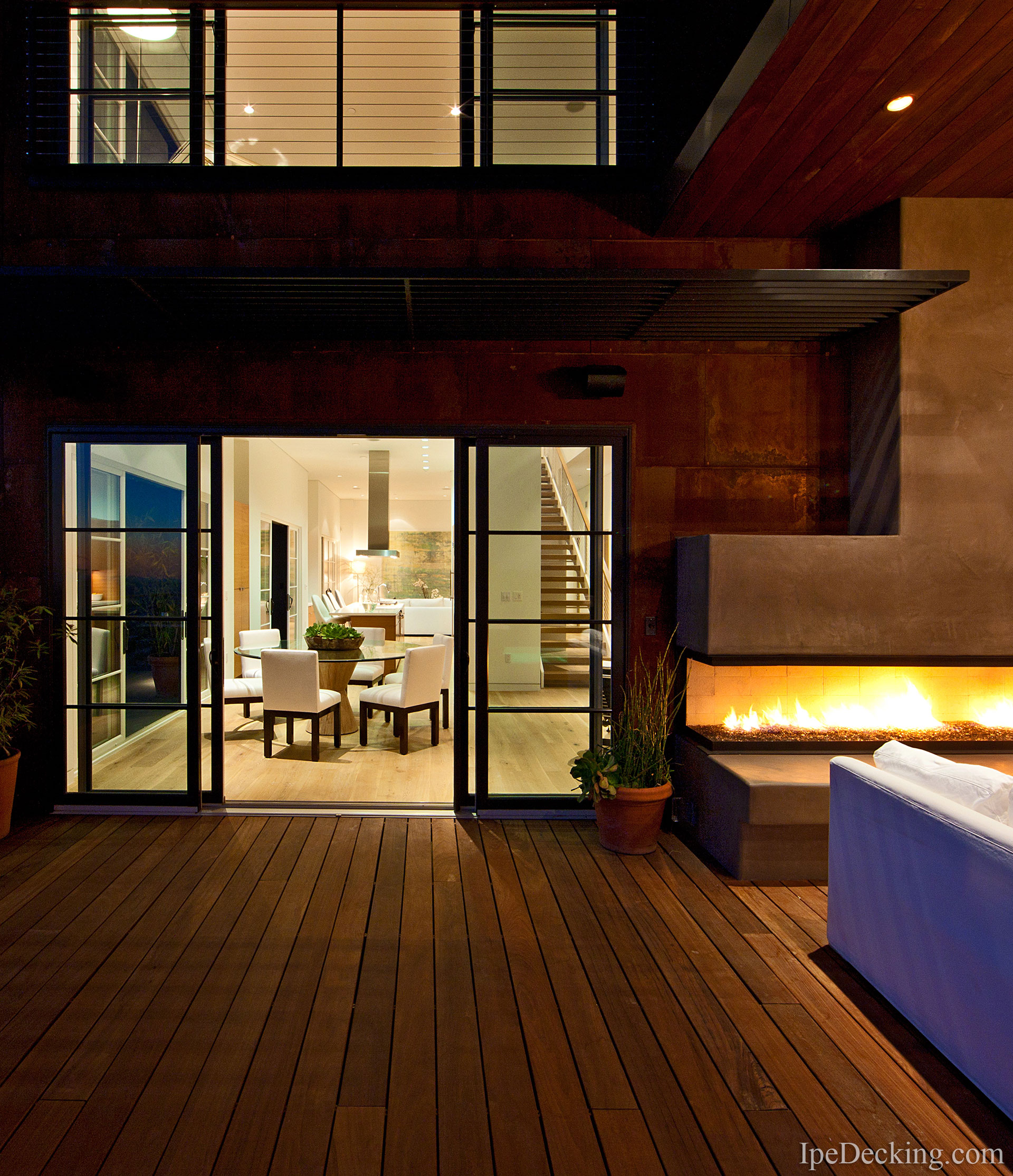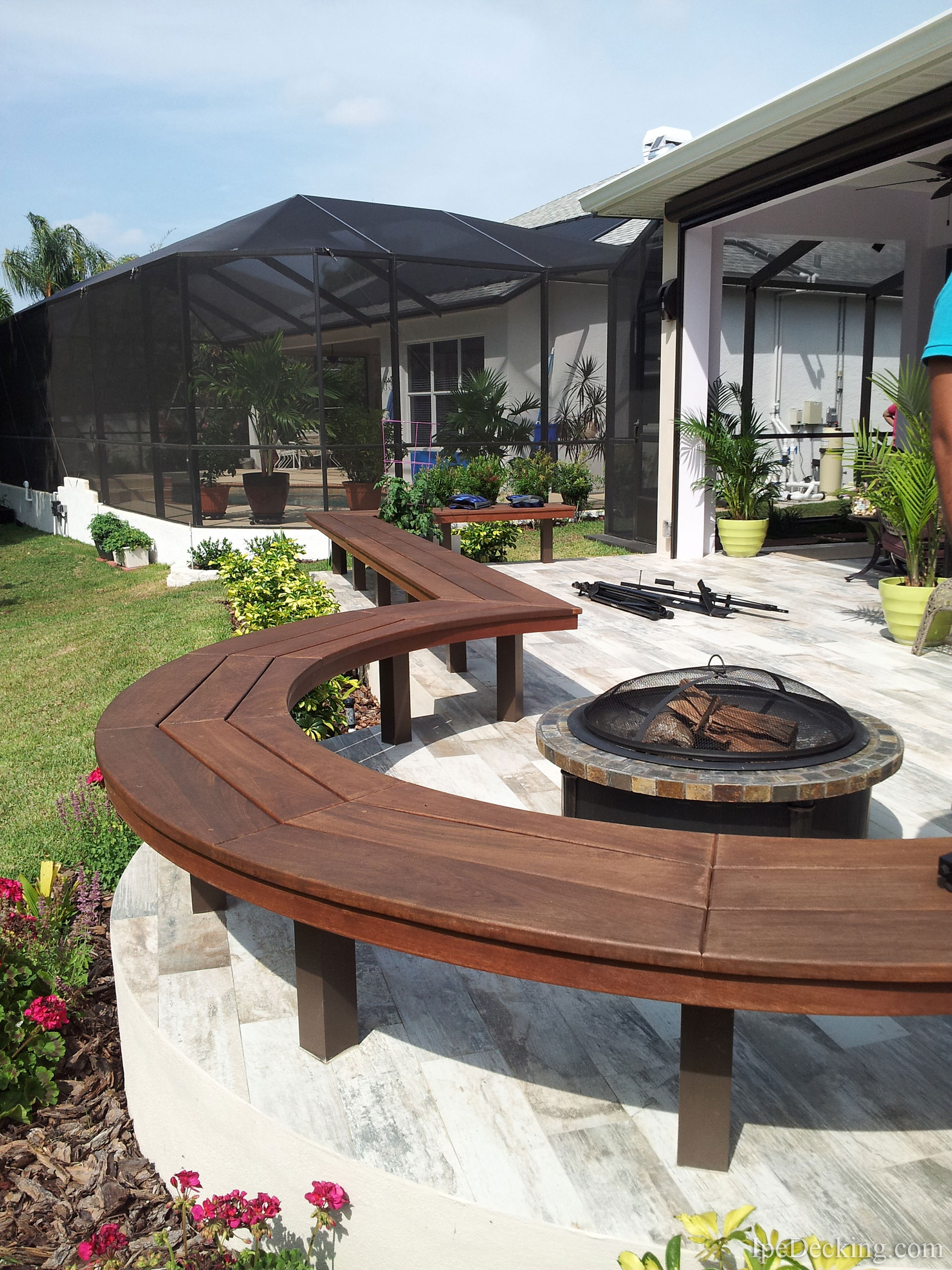Ipe Specs
Everythinig You Need to Know
Common Name
Ipe
Scientific/Botanical Name
Tabebuia spp. (Lapacho group)
Additional Names
Ipe is also known as:
- Brazilian Walnut
- Amapa
- Cortez
- Guayacan Polvillo
- Flor Amarillo
- Greenheart
- Madera Negra
- Tahuari
- Lapacho Negro


Origin
South America (specifically Brazil), Central America, the Lesser Antilles. The tabebuia tree can be found in a diverse number of areas.
General Characteristics
Dark brown or reddish brown walnut color. Ipe wood decking has a fine to medium texture . The bole of an ipe tree can have a diameter of 6 feet. Some trees grow as tall as 150 feet. However, it is more common to see trees that are 100 ft. tall with a diameter between 2 to 3 feet.
Common Uses
Ipe is often used for:
- Decking
- Flooring
- Siding
- Docks
- Interior wall panels
- Sunrooms
Moisture Content
Air dried to approximately 12% for use on exterior projects. It is highly recommended to use kiln-dried ipe for interior areas that will be exposed to artificial heat and/or air-conditioning. Consult with us about adequate moisture content levels for your area.
Working Properties
Here are a few things to keep in mind when working with ipe:
- Blunting effect on cutters
- Routs nicely
- Use carbide-tipped saw blades
- Predrilling required
- Stainless steel hardware required
Durability
If left untreated ipe wood decking will last 40+ years. When a deck oil / finish is applied to all four sides prior to installation, an ipe deck can last up to 100 years. The USFPL (United States Forest Products Lab) classified ipe decking as “Very Durable” (their highest rating).
Ipe decking resists:
- Termites
- Cupping
- Bending
- Decay
- Fungi
- Mold
- Wood Rot
Weight
Ipe wood decking has specific gravity of 0.85 to 1.08. Air dried density is 66 to 75 lbs. per cubic ft. A 3/4" thick finish material weights approx. 4.5 lbs. per sq ft.
Drying and Contraction (Green to Kiln-Dried)
Radial 6.6%, tangential 8.0%, volumetric 13.2%. Small movement after being milled. As the weather changes, average movement for an air-dried deck board about 6" wide is roughly 1/16".
Hardness
Ipe hardwood has a Janka Hardness Rating of 3,680 lbs with air-dried decking and 12% moisture content. When tested (ASTM-D143), an ipe deck is around eight times harder than California redwood and three times stronger than teak. Ipe decking holds up even in harsh climates and extreme conditions.
U.S. Naval Research Laboratory Termite Resistance
Highest Rating
Fire Resistance
Tested by the National Fire Protection Agency (ASTM-E84). Ipe wood decking received the highest classification for Flame Spread: Up to Class A, Uniform Building Code, Class 1.
Slip Resistance
Our ipe decking exceeds the Americans with Disabilities Act requirements for Static Coefficient of friction in a wet environment. Ipe wood decking has also met the ASTM-C1028-89 test requirements as well.
Strength
Three times stronger than Cedar, our inventory of ipe decking exceeds all existing code requirements for exterior constructions and has been ASTM-D143 tested. An ipe deck will be able to structurally handle many square feet of snow!


There are at least 20 species of ipe. Many suppliers mix species and grades, but we exclusively sell the subspecies lapacho. This variety is stronger with more appealing colors. Don’t be fooled by other retailers; they charge more and give you less!
Ready to Order?
Fill out our online quote form or give us a call at 1-877-232-3915.